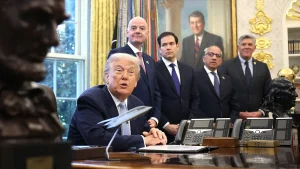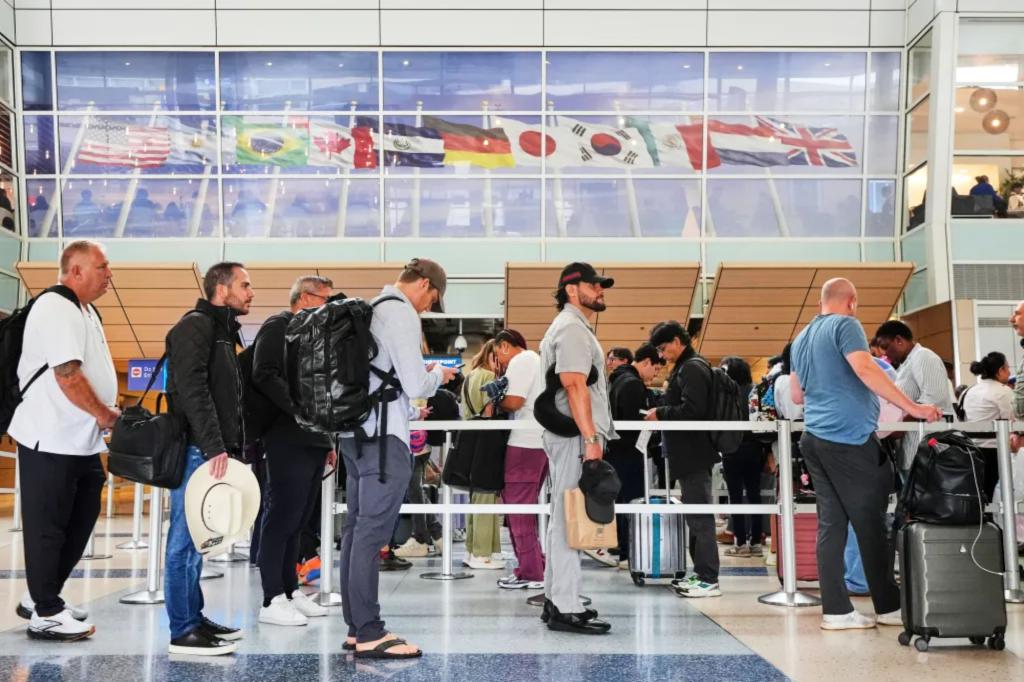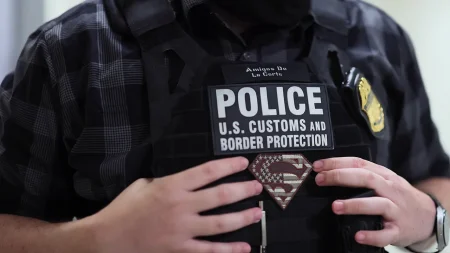New U.S. Visa Fee Adds Financial Burden for International Travelers
Beginning October 1, international visitors to the United States will face a new financial hurdle as the Trump administration implements a $250 “visa integrity fee” for non-immigrant travelers. This fee, established through the One Big Beautiful Bill Act, represents a significant shift in U.S. immigration policy and adds to the existing costs for foreign visitors. For travelers from countries without visa waiver agreements, such as Mexico, China, and Brazil, the total cost to obtain a visa will approach $442, according to the U.S. Travel Association. This comes at a particularly sensitive time, as the United States prepares to host several major international events including America250 celebrations, the Olympics, and FIFA World Cup matches in the coming years.
The timing of this new fee has raised concerns within the travel industry, particularly as international tourism to the U.S. has already shown signs of decline. Data indicates that overseas visitors to the United States dropped by 3.1% in July compared to the same period last year. Industry experts like Gabe Rizzi, president of global travel management company Altour, have expressed concern that “any friction we add to the traveler experience is going to cut travel volumes by some amount.” As summer ends and travel planning continues, businesses and travelers will need to factor these additional costs into their budgets and documentation processes, potentially affecting travel decisions for millions of people considering the United States as a destination.
The economic implications of these changes could be substantial for the U.S. tourism sector. According to a World Travel & Tourism Council report, international visitor spending in the United States is projected to fall to just under $169 billion this year, down from $181 billion in 2024. Tourism Economics director Aran Ryan had initially projected a 10% year-over-year growth in overseas travel to the U.S. this year, but revised projections now indicate a 3% decline. These numbers suggest that policy changes affecting travel accessibility could have real economic consequences for the hospitality industry, local economies dependent on tourism, and the broader U.S. economy that benefits from international visitor spending.
The United States is not alone in implementing new fees and stricter entry requirements for international visitors. Countries worldwide are increasingly adding entry fees and enhancing screening procedures as they attempt to balance tourism revenue with security concerns and immigration control. For example, the British government recently introduced an “Electronic Travel Authorization” (ETA) system that digitizes tourist entry requests while charging a fee of approximately $13. These ETAs are linked to travelers’ passports to streamline security checks and prevent potential abuse of immigration systems. This global trend reflects growing concerns about border security and immigration control, even as countries continue to recognize the economic importance of international tourism.
Beyond the new visa fee, the Trump administration has proposed additional measures affecting other categories of international visitors. On Wednesday, a new rule was proposed that would limit the duration of stay for international students to four years, along with similar restrictions for cultural exchange visitors and media professionals. According to the Department of Homeland Security, these changes aim to address “visa abuse” and enhance the government’s ability to “properly vet and oversee these individuals.” These proposed changes would represent a significant shift in how the United States manages various visa categories and could affect thousands of international students, exchange visitors, and journalists who contribute to American educational institutions, cultural exchange programs, and media organizations.
The implementation of these new fees and restrictions comes at a time of changing global travel patterns and international relations. For countries like Mexico, Canada, the United Kingdom, India, and Brazil—which represent the largest sources of international visitors to the U.S. according to the International Inbound Travel Association—these changes may affect diplomatic relations and reciprocal travel arrangements. The travel industry will be watching closely to see how these policy changes affect visitor numbers, particularly as the U.S. prepares to host major international events in the coming years. While the administration frames these measures as necessary for security and immigration control, the tourism sector must navigate these new challenges while continuing to promote the United States as a welcoming destination for international travelers who contribute significantly to the American economy.












